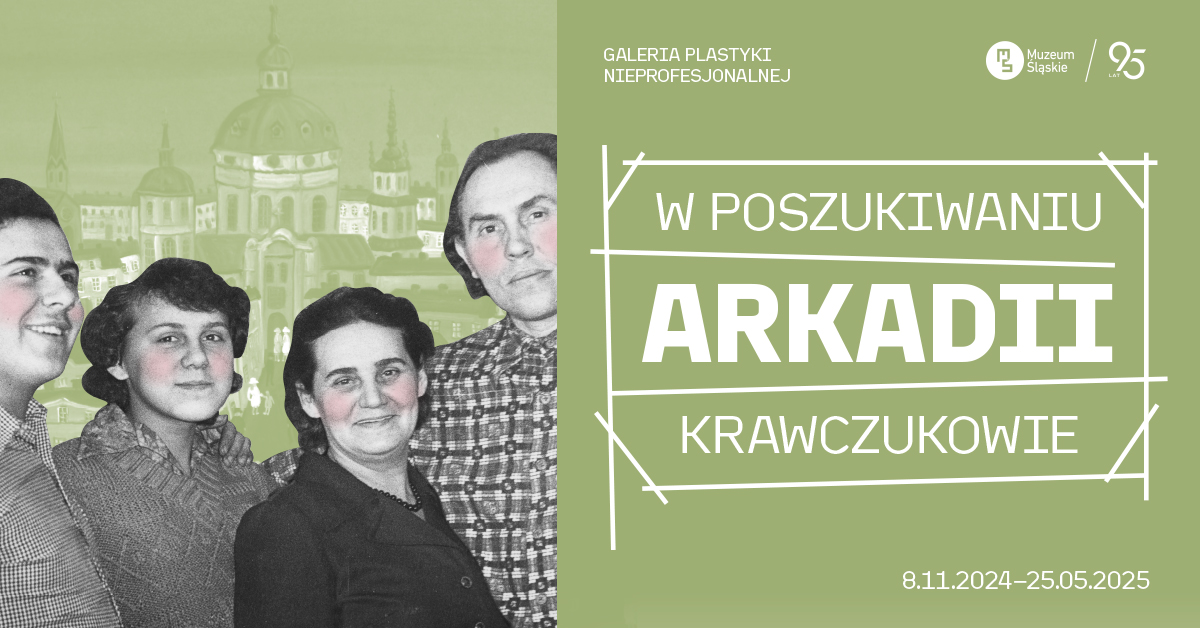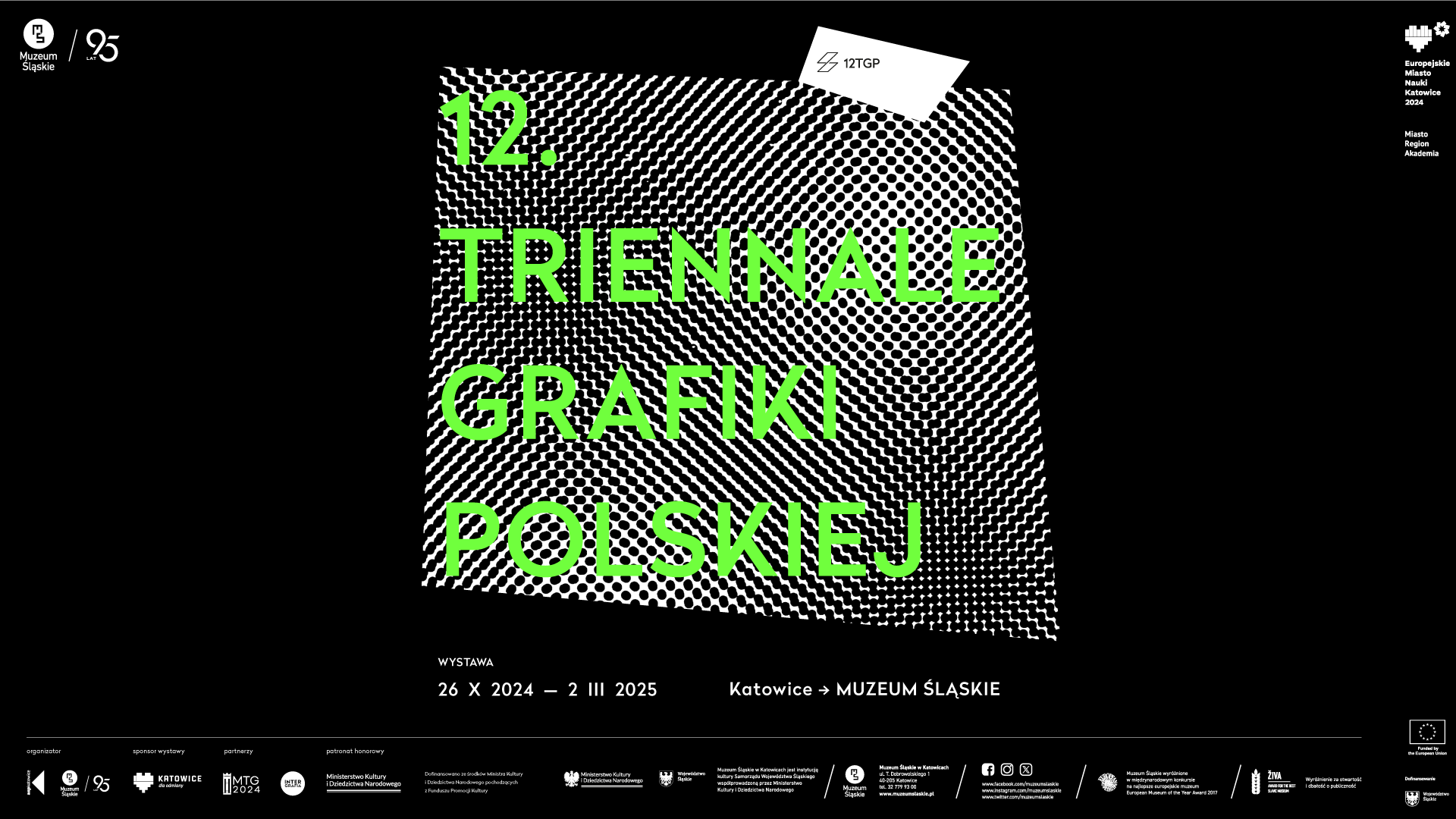What is the next stage following the domestication of animals? How do new media, technology and human domination around the world influence the animal lives? How do animals adapt to living in the city? Where does the anthropomorphization of animals in pop-culture lead to? How does the depiction of animals in animated movies affect our collective subconscious? Is it possible to live with animals in a symbiosis as at today?
The “Rat-Monkey” [Pol. Małposzczur] exhibition is an artistic attempt at answering the above questions from the perspective of four artists: Martyna Czech, Martyna Kielesińska, Cyryl Polaczek and Szymon Szewczyk. For the exhibition, each of the four artists will create new works that refer to, or stand against, the archaeological exhibition titled „Close but From a Far-Away World. The History of Domestication of Mammals„.
While preparing their projects, the young artists will be frequently giving up on the anthropocentric perspective, giving voice to the animals of the new era. They will present stories of the representatives of species that inhabit the collective subconscious composed of our very own ideas of how do the animals behave and interact with the superior species – the human.
The exhibition is to portray the manner the relationships between the human and the animals are established. Visitors will have an opportunity to see movie depictions of people with strong animal traits, interspecies metamorphoses, emotional portraits of animals appropriated by man and traces of endangered species.
“The works will loosely refer to the information one could find during an exhibition organized at Muzeum Śląskie, devoted to the manner people in the Middle Ages used to treat cats. Seeing an animal as a devil’s spawn, and punishing it for this very reason, was
a shattering fact. To this day, the most significant dilemma from the perspective of the human–animal relation is the former’s domination and manifestation of power over a quite often completely defenceless animate being, dependent on human strength and will,” explains Martyna Kielesińska, one of the artists invited to partake in the exhibition.
In accordance with the theory of posthumanism in the spirit of Bruno Latour, the animal ceases to be a reflection of human qualities. It becomes autonomous. It no longer is a mere reference to human desires. And, what is significant, it no longer is a carrier of permanent features with a moralizing overtone. In fairy-tales, it still is characterized by that very notion; however, in the posthumanist reality, it is more and more often becoming the individual hero, with specific features. It is these kinds of animals the artists are to present at the “Rat-Monkey” exhibition. Because they are real personae, whose existence came into being through the imagination of man, but, being left to themselves, they constitute autonomous entities.
As Rosi Braidotti wrote: “The animal has ceased to be one of the privileged terms that indexes the European subject’s relation to the otherness. The metaphysics of otherness rested on an assumed political anatomy, implicitly modelled on ideals of whiteness, masculinity, normality, youth and health.” This is precisely where the deceitful title of the exhibition, “Rat-Monkey”, comes from, signalling that in the world of today’s art there is place for irony, deconstruction of existing patterns, play with the meanings, and new unobvious ideas.
RAT-MONKEY
Rondo Sztuki Gallery, Katowice
17 June – 27 July 2019
Vernissage: 17 June 2019 at 7:00 PM
Artists: Martyna Czech, Martyna Kielesińska, Cyryl Polaczek, Szymon Szewczyk
Curator: Adrian Chorębała
Pozostałe Archiwum wystaw

W poszukiwaniu Arkadii. Krawczukowie
8.11.2024-25.05.2025
przestrzeń wystaw czasowych na poziomie -2


